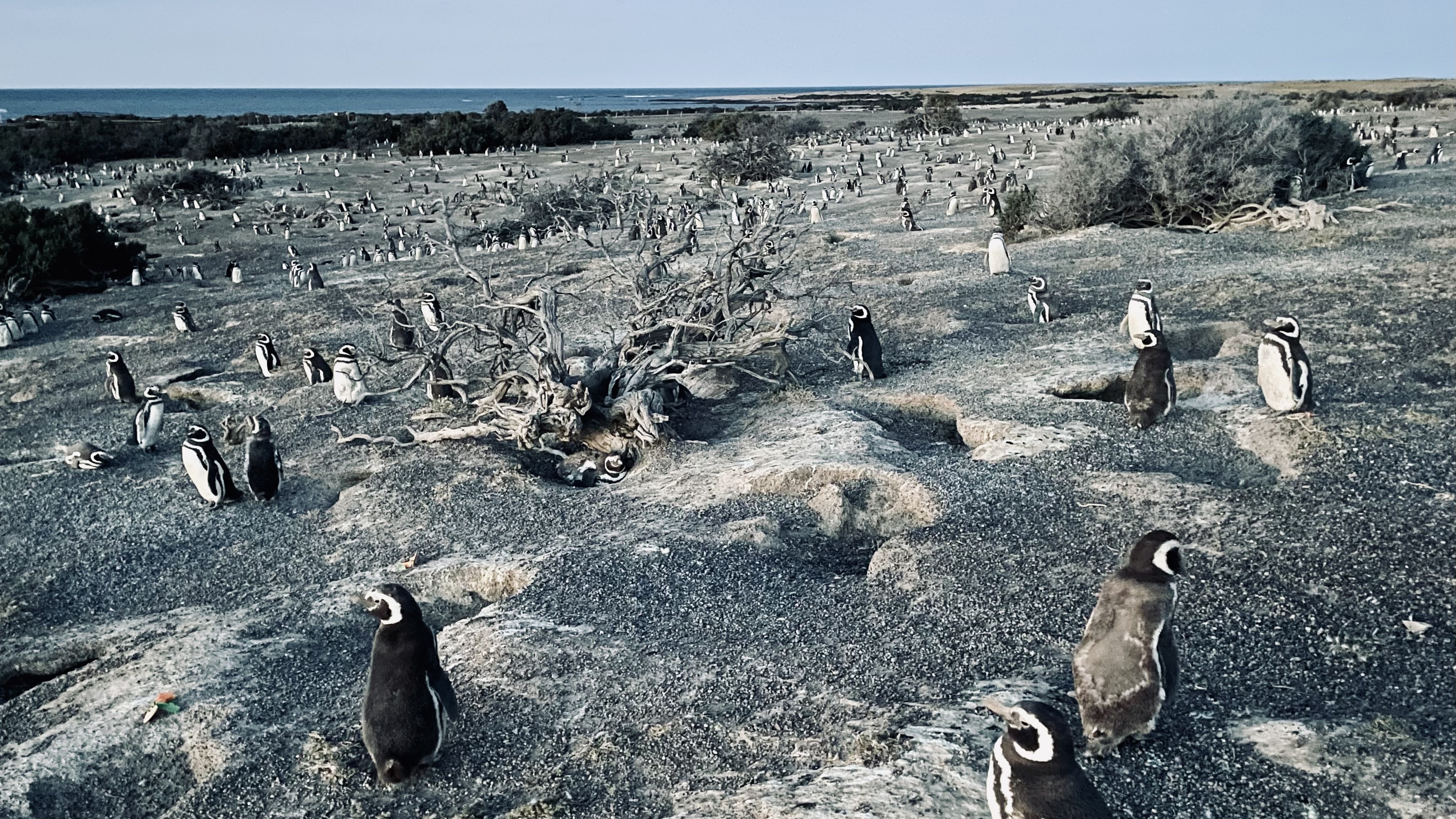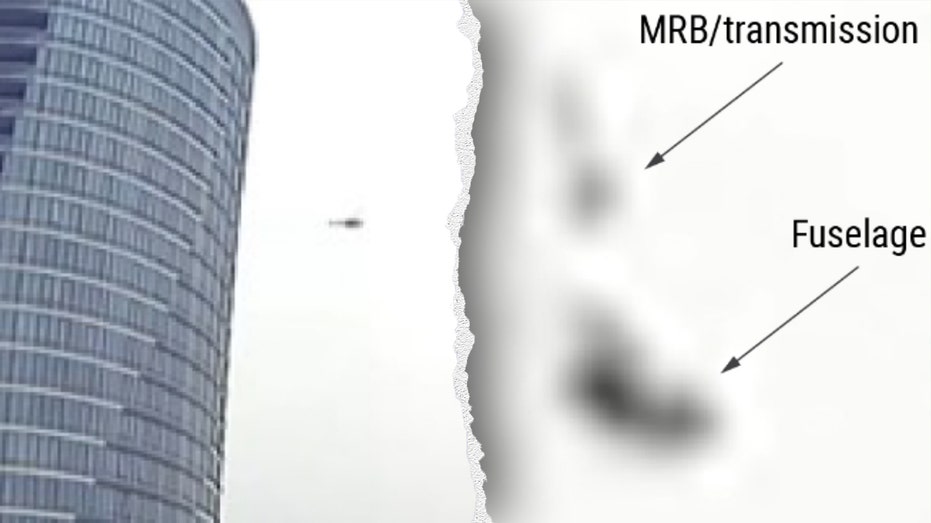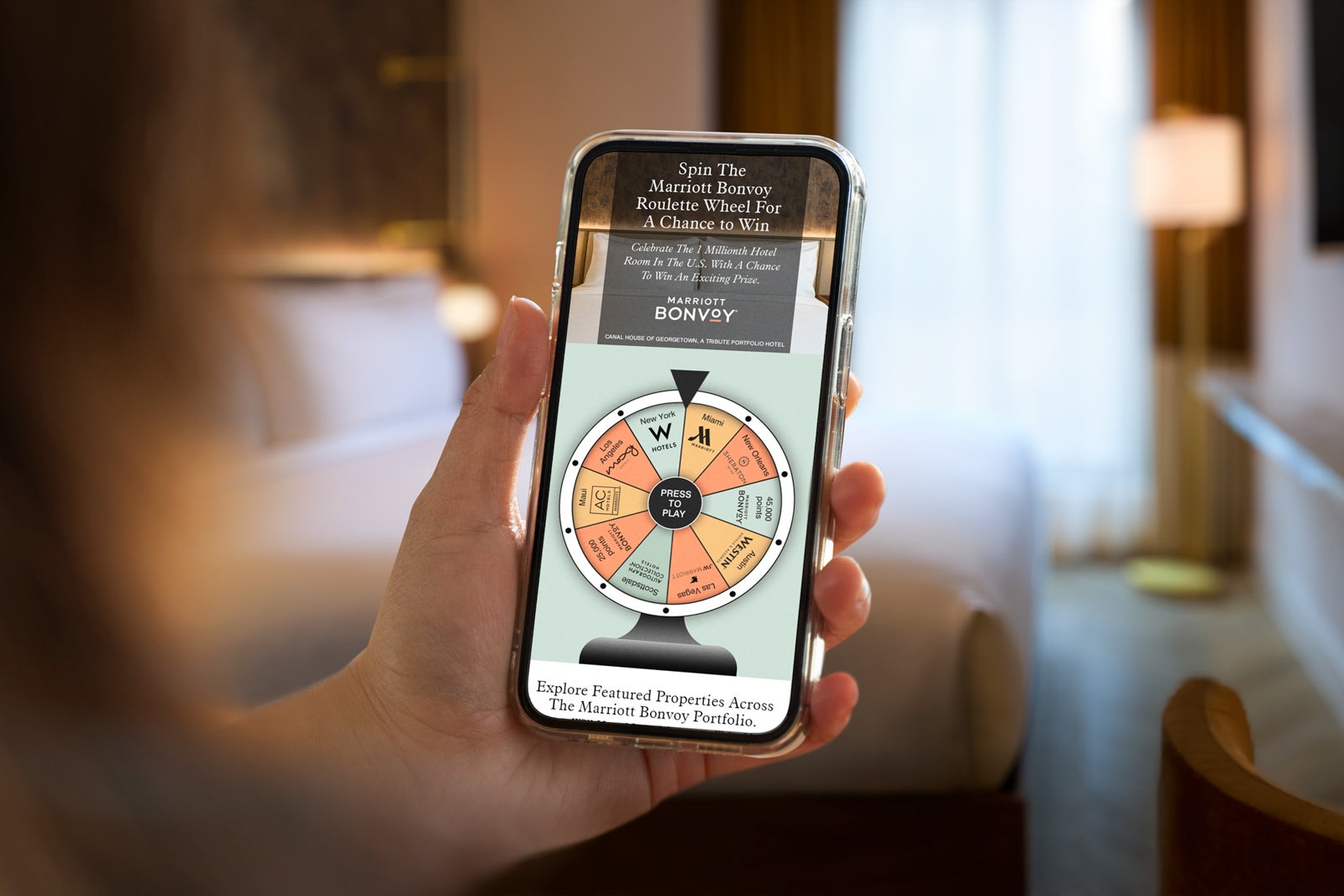The Other Side of Silence
One morning a few years ago, I woke to find I had lost most of the hearing in my left ear. In place of my usual acoustic environment was a high electronic ringing—eeeeeeeeeeeeeeeeeeee—as if a giant TV had been left on mute. Me being me, I assumed the issue would work itself out, but when […]


One morning a few years ago, I woke to find I had lost most of the hearing in my left ear. In place of my usual acoustic environment was a high electronic ringing—eeeeeeeeeeeeeeeeeeee—as if a giant TV had been left on mute. Me being me, I assumed the issue would work itself out, but when it didn’t after a couple of weeks I turned to the professionals. Several thousand dollars, a couple of minor surgeries, and an MRI later, the professionals could only tell me that I didn’t have cancer. As to why my hearing was gone? Maybe a dormant virus was to blame, they said, or maybe it was stress-related, but, really, they had no idea.
I tried a hearing aid. It didn’t take. My right ear can still hear fine, so the shrill metallic device-amplified sound was more distracting than clarifying. The tinnitus was so awful at first that I wondered how I would ever stand it, but eventually I got used to it, just like the internet assured me I would. In general I have tried to make do as best I can. This mostly entails positioning myself on peoples’ left sides so they’re always talking into my right ear. In conversation I feel like one of those text prediction programs, often with the same comically dreadful results. I say, “I’m sorry?” a lot. The entire episode has left me feeling somewhat separated from the world, since I can understand at best about two-thirds of what is going on around me.
I mention all of this because the Magellanic penguin colony in Argentina where I work can be an exceptionally noisy place. As members of the Spheniscus genus, Magellanic penguins are informally known as jackass penguins due to the donkey-like bray of their territorial call, or ecstatic display. Gather several hundred thousand of these ecstatic brayers into a single area, let them call day and night, and the effect is quite something. All the individual voices blend together, the chorus rolling over you in waves of sound, so loud that even I can hear them at our field house nearly half a mile away. The penguins and their constant noise somehow manage to drown out all the sounds I can’t hear, and I love them for it.
Most of the time the colony is noisy, I should say. When I arrived last March, near the end of the penguins’ breeding season, the place was alarmingly quiet. My colleague Pearl and I were there to deploy tracking tags on twenty penguins—ten females and ten males—before they set off on their northward migration. The problem was that no penguins were around. Tania, one of the guardafaunas, told us the colony had been empty for a while. Those penguins that had chicks had seen them off and were preparing for their molt, when they replace all their feathers. To do this they leave for a couple of weeks and stuff themselves prior to an extended molt fast. Thus the deafening silence.
I stared out in horror at this uncharacteristically quiet, penguin-less landscape. “Don’t worry,” Tania said. “The penguins will come back soon.” And so they did. Within a few days, the colony filled back up with them and all their antics, their noise.
Pearl and I set out. We had an embarrassment of penguins from which to choose: this male who helped raise two chicks, that female who helped raise one. Once we selected a penguin, we captured them with what we call a gancho—basically a shepherd’s crook made of rebar and wrapped with duct tape—hooking them by the ankle and grabbing hold of them by the back of the neck. Then one of us measured the bird and applied the tag around their ankle with a special band and a little bit of epoxy. When the epoxy on the band dried we let them go. The whole process might take fifteen minutes or so.
No penguin likes to be handled, but each reacts in a different way. Some fight with every ounce of strength, their eyes fixed on you, their bodies tense with fear and fury. When you release those penguins, they might turn to lunge at you or bray in your face. Others, while certainly not docile, are markedly less aggressive. You do what you have to do and release them, and they shuffle back to their nest without giving you a second glance. I don’t know what determines what a penguin will do beyond individual predilection—penguin-ality, if you will. But I have learned, too, that my own frame of mind can have a small influence. When I capture a penguin more calmly, more gently, the bird seems to respond at the milder end of whatever its innate behavioral inclination is.
Pearl and I applied tags for several days. The work went smoothly enough, and finally we were down to our last couple of tags. We wandered through the colony one afternoon until we found a female who we knew had successfully raised chicks. She gazed at us from her burrow while we discussed her. I had applied most of the tags so far while Pearl held birds, so I offered to hold this penguin. After arranging our implements, I pulled her from her burrow with the gancho and grabbed her by the neck. She wriggled, but not much. On the struggle scale, she was low-medium.
I positioned her in my lap so her left leg was within Pearl’s reach. Pearl started to apply the tag. The penguin kicked her foot a little. I repositioned her. She kicked her foot again. Pearl sat back and waited—not out of annoyance, but to give me and the female space to sort things out. I’m not sure why I did this, but I enveloped the penguin in my arms, folded myself over her, in effect cradling her. She stopped kicking. Was she calm? Hard to say. Animals can appear calm while stress hormones flood their bodies. Whatever the case, she was still. Was no longer struggling. Was not even twitching. I held her head by cupping her chin, with hardly any force to my grip. She could have wrenched free and bitten me if she wanted to. Maybe she didn’t want to.
Pearl set about putting the tag on. My head was resting against the penguin’s back, my left ear pressed near her spine. Through the colony’s late afternoon cacophony, I became aware of the interior soundscape of her body. I could hear—could feel—her heart beating, this powerful muscle about the size of a plum thudding away in her chest, rapidly but not frantically. I could hear—feel—her breathing. She drew in slow strong breaths, her back expanding with each. Exhaled. Inhaled. Exhaled. In my ear, her breath sounded like the ocean, like waves. Had the same roar. It was the most remarkable sound I’ve ever felt. The minutes passed and I closed my eyes, lost in the roar that filled my dead ear, until I Pearl tapped me on the shoulder. “All done,” she said. “You can let her go.” And so I did.

Photos by the author











































































